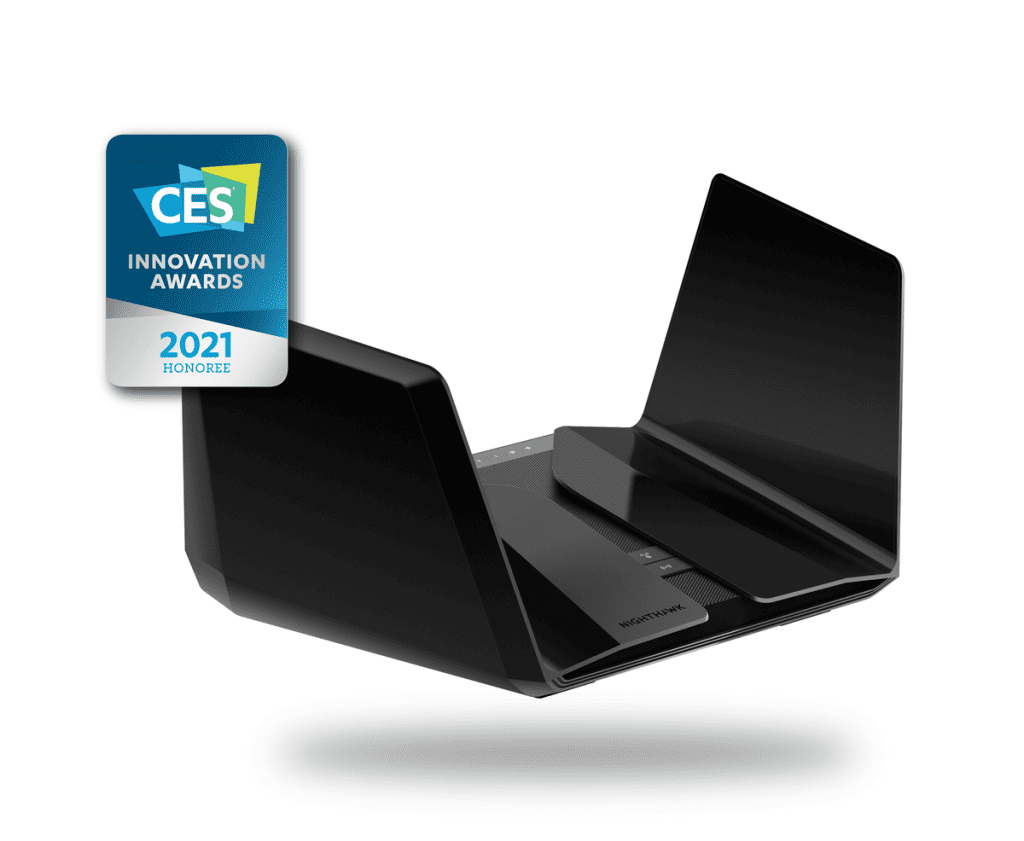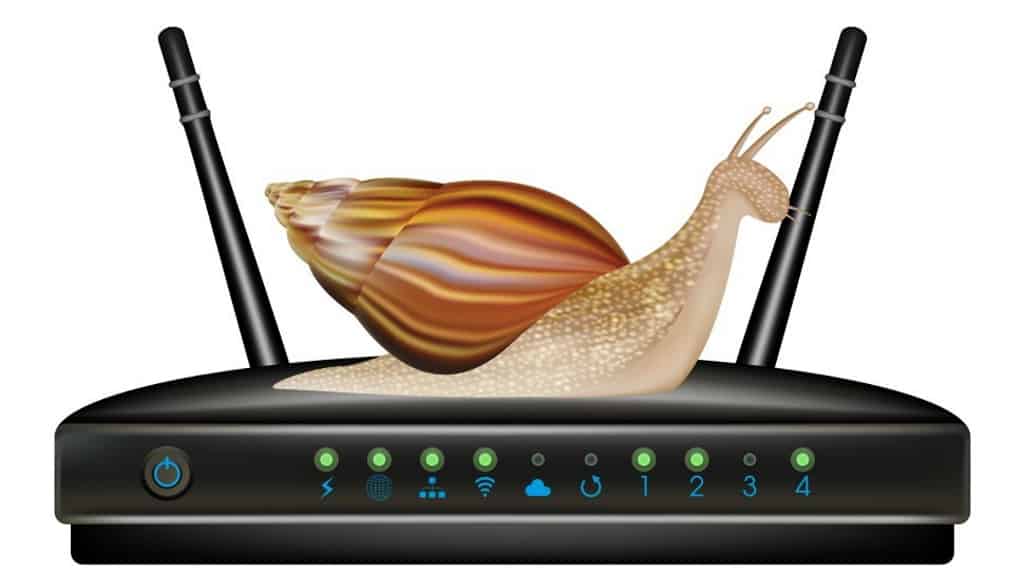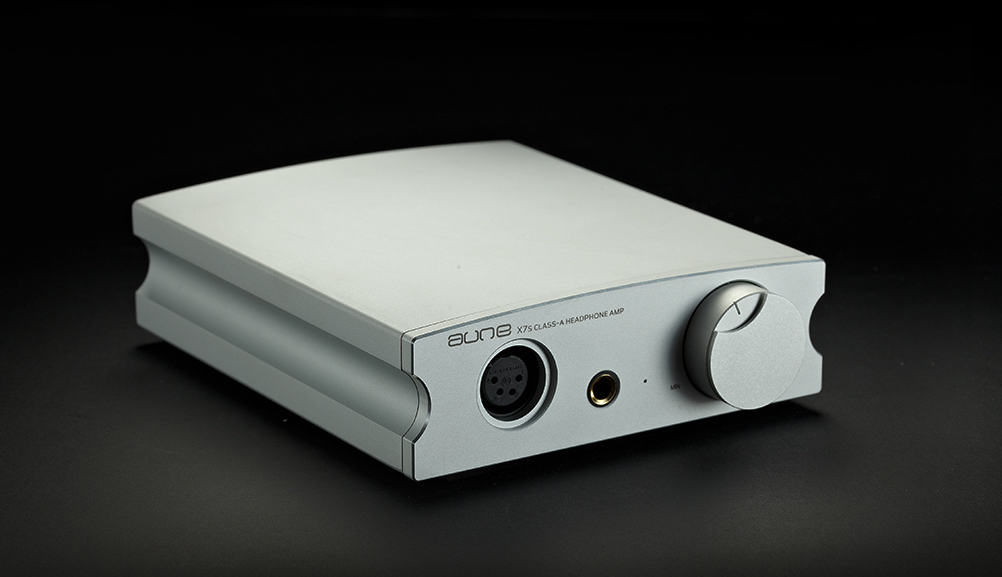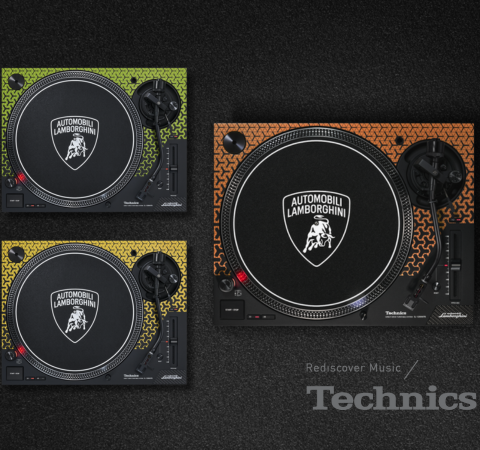Wi-Fi 6E promises better wireless speed and reliability, but what is it exactly, and is it coming here anytime soon? PAT PILCHER reports.

Wi-Fi – it’s the digital equivalent of oxygen. Take it away, and it isn’t long before people start gasping for air. Or at the very least, having major meltdowns. Given the rise of streaming services and smart home gadgets, slow or flaky Wi-Fi is an equally nightmarish prospect.
The good news is that a new Wi-Fi standard is coming that might help fix our wireless conundrums. It’s called Wi-Fi 6E, and it could give Wi-Fi a much-needed shot in the arm. Many of this year’s smartphones, PCs, and other widgets will come with support for Wi-Fi 6E. Predictably, industry hype is well underway, with pundits saying that 6E is the most significant upgrade to Wi-Fi in 20 years.
Would you like to support our mission to bring intelligence, insight and great writing to entertainment journalism? Help to pay for the coffee that keeps our brains working and fingers typing just for you. Witchdoctor, entertainment for grownups. Your one-off (or monthly) $5 or $10 donation will support Witchdoctor.co.nz. and help us keep producing quality content. It’s really easy to donate, just click the ‘Become a supporter’ button below.
Like a good many of our readers, we at Witchdoctor are more than a jaded by tech industry hype – especially given how many technologies have failed to deliver on their promises (5G anyone?) Feeling your pain, we decided to find out what the real deal is.

So, what exactly is Wi-Fi 6E? In a nutshell, it is a new standard brought into play by the Wi-Fi Alliance, who are already certifying the first crop of chipsets that support Wi-Fi 6E. More are expected to roll out in the 2nd half of 2021 with smartphones leading the charge (Qualcomm’s Snapdragon 888 supports Wi-Fi 6E, and Apple has committed to Wi-Fi 6E support the iPhone 13). Netgear is also not wasting any time. They announced the Nighthawk RAXE500 Tri-band Wi-Fi 6E compatible Router at CES, which they say can deliver speeds of up to 10.8Gbps.
But is Wi-Fi 6 so good that we’ll all need a change of pants? Maybe. Wi-Fi 6E comes out of the decision by the Federal Communications Commission in the US to open the 6GHZ radio spectrum for unlicensed use in the United States.
Now, all existing Wi-Fi widgets operate using 2.4GHz and 5GHz wireless bands, and that radio spectrum is becoming increasingly crowded as the number of Wi-Fi connected gadgets continues to grow like topsy. Opening up the 6GHz spectrum effectively expands the available radio capacity for use by Wi-Fi. In theory, this means less congestion and more reliable connections should be possible without worrying about your neighbours’ Wi-Fi doing a number on your home network.

The new standard will use existing Wi-Fi 6 technologies on the 6GHz spectrum, so it will be faster. It will also offer improved connection stability because there’s less competition for available Wi-Fi channels. Put in a more techie format, the folks at the Wi-Fi Alliance say that “Wi-Fi 6E can utilize up to 14 additional 80 MHz channels or seven additional super wide 160 MHz channels in 6 GHz for applications such as high-definition video streaming and virtual reality. Wi-Fi 6E devices leverage these wider channels and additional capacity to deliver greater network performance and support more Wi-Fi users at once, even in very dense and congested environments. Wi-Fi 6E will bring greater technology advancements in Wi-Fi that will introduce new use cases, such as unified communications, cloud computing, and telepresence, and accelerate the next-generation connectivity with 5G networks.”
If that’s the good news, the not so good news is that while the 6GHz radio band has been freed up in the US, it’ll also need to be cleared for unlicensed use in New Zealand. This could take a while as existing licensed 6GHz spectrum users will need to be given practical alternatives.

A recent official information request to MBIE (who allocate radio spectrum in New Zealand) highlights this. MBIE says that “at the moment we have no immediate plans around Wi-Fi 6E (i.e., Wi-Fi @ 6GHz). Spectrum above 5925 MHz is currently allocated for bidirectional fixed link use in NZ. We also have C-band satellite uplink licensed across different parts of the 6GHz band. Fixed and satellite services must coordinate on a first-come-first-serve basis. At this stage, we don’t have a clear sense of whether the technical mitigations proposed to allow 6e (low power indoor use and automated frequency coordination (AFC)) will be sufficient to manage the interference concerns of the incumbents… Once it becomes clear that 6E is really going to happen elsewhere, then we will likely run a domestic consultation before making a decision.”
Even when 6Ghz is eventually opened for unlicensed use in New Zealand, it may be some time before we start seeing meaningful amounts of 6E hardware support. Widespread adoption of Wi-Fi 6 has yet to happen, and that standard launched two years ago. Smartphones aside, IDC’s research director, Phil Solis, has been quoted saying that he expects just 20 per cent of Wi-Fi 6 products to support Wi-Fi 6E by 2022 – and that’s for the US market. And poor wee New Zealand, being at the bottom of the list of most US corporates…

So, should you rush out and buy a new Wi-Fi 6E capable router? Wi-Fi alliance standards are nothing to sneeze at. With chipset support already growing, 6E is likely to happen, it’s just going to take some time for it to arrive in New Zealand. As big brands such as Samsung and Apple, Netgear and others get behind the new standard, MBIE will soon find themselves in the position of having to evaluate 6Ghz unlicensed spectrum use. While Wi-Fi 6 capable routers are likely to hit the sweet spot pricewise, 6E capable routers hold the promise of greater reliability and improved speed which should prove desirable.














